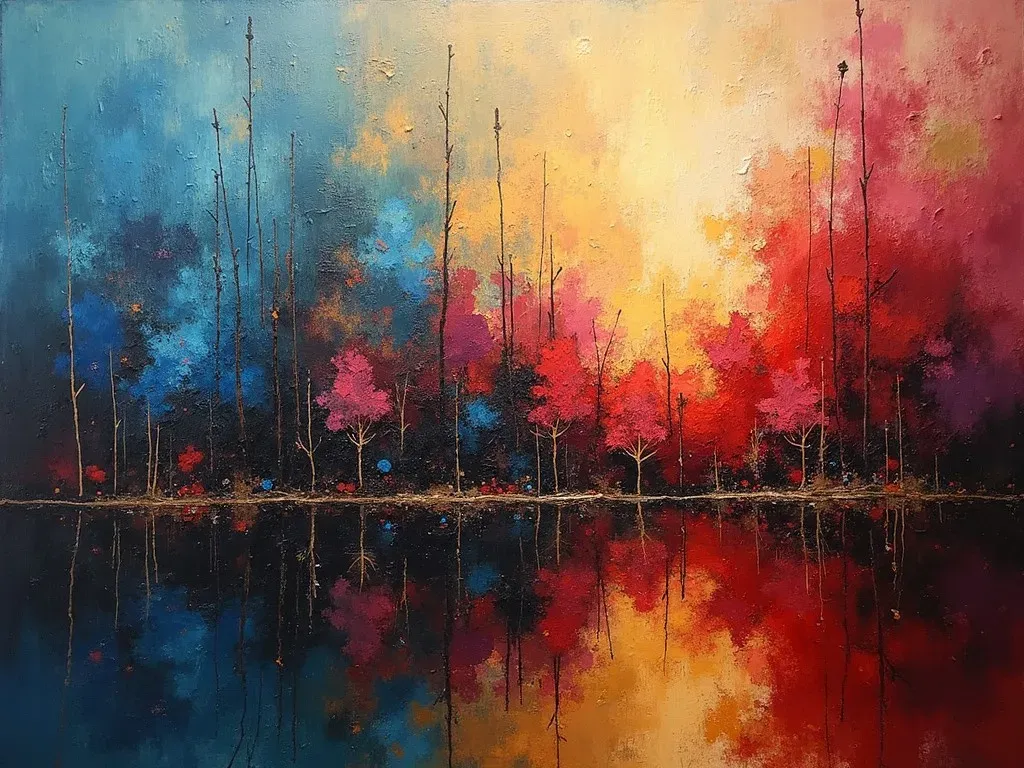Oil paintings for sale have become a popular choice for art enthusiasts seeking to enhance their living or working environments. Whether it’s a stunning landscape, an abstract piece of art, or a realistic portrait, oil paintings offer a depth and richness that other mediums often lack. For those looking to invest in original oil artwork, the market is bustling with opportunities to find the perfect piece that resonates with personal style and decor.
Why Choose Oil Paintings?
Oil paintings are celebrated for their vibrant colors and exquisite detail. The medium allows for blending and layering, resulting in a unique texture that can evoke various emotions. Moreover, the durability of oil paint makes these artworks a long-lasting option for home or office decor. According to a recent survey in the art community, 75% of art buyers prefer oil paintings, citing their timeless appeal and aesthetic value.
| Benefits of Oil Paintings | Details |
|---|---|
| Vibrant colors | Rich pigments that maintain their hue over time |
| Textural depth | Ability to create varied textures and layers |
| Durability | Oil paints are less susceptible to damage |
| Timeless appeal | Enhance both modern and classic interiors |
| Investment potential | Valuable pieces that can appreciate in value |
Types of Oil Paintings Available
1. Original Oil Paintings
Original pieces created by artists are one-of-a-kind artworks. These paintings can be found at galleries, online marketplaces, and auctions.
2. Oil Paintings on Canvas
Canvas is a popular choice for oil paintings due to its sturdiness. Many artists prefer this medium for its ability to hold the paint and its versatile size options.
3. Hand-Painted Oil Paintings
These are skillfully created by hand, ensuring no two pieces are alike. Hand-painted art often carries a distinctive personality that prints cannot replicate.
4. Oil Painting Prints
These reproductions offer a more affordable way to enjoy classic and contemporary art. They are made using high-quality printing Techniques to resemble the original closely.
5. Large Oil Paintings
Ideal for making a statement in large spaces, oversized oil paintings can transform a room and become a focal point of attention.
6. Oil Artwork for Sale
Typically, online platforms provide a wide selection of oil artwork, allowing you to browse various styles, genres, and price ranges conveniently.
Reference Video
Popular Styles in Oil Paintings
When shopping for oil paintings for sale, you might come across various styles, including but not limited to:
- Impressionism: Characterized by loose brushwork that captures the essence of a moment, often featuring outdoor scenes.
- Realism: Highly detailed representations of subjects, aiming to depict them lifelike.
- Abstract: Uses shapes, colors, and forms to convey emotions rather than realistic representations.
- Surrealism: Merges reality with dreams, often presenting strange juxtapositions of objects.
| Art Style | Characteristics |
|---|---|
| Impressionism | Loose brushwork, light effects |
| Realism | Detailed, lifelike representations |
| Abstract | Non-representational, emotional expression |
| Surrealism | Dream-like scenes, imaginative elements |
Buying Oil Paintings Online
With the rise of e-commerce, buying original oil paintings has never been easier. Websites like Saatchi Art and UGallery feature vast collections from various artists. Here’s a quick comparison of some notable platforms where oil paintings can be purchased:
| Website | Notable Features |
|---|---|
| Saatchi Art | Over 263,000 original oils; variety of artists |
| UGallery | Curated collection; free shipping and returns |
| Etsy | Unique hand-painted options; customizable options |
| Artfinder | Direct purchases from independent artists |
Tips for Purchasing Oil Paintings
- Research the Artist: Knowing an artist’s background, style, and medium can enhance your appreciation of their work.
- Know Your Space: Measure the area where you plan to display the painting. This ensures the size complements your environment.
- Art Size: Consider the scale of the painting in relation to furniture and room dimensions.
- Authenticity: Ensure any purchase comes with certification of authenticity, especially for original pieces.
- Return Policies: Check for return policies in case the piece does not fit your expectations in person.
FAQs
Where can I find oil paintings for sale?
You can find oil paintings for sale on various online platforms such as Saatchi Art, UGallery, Artfinder, and Etsy, as well as local galleries.
Are oil paintings expensive?
The price of oil paintings varies widely based on the artist, size, and complexity of the work. While some original pieces can be thousands of dollars, many affordable options exist as well.
How can I tell if an oil painting is original?
Original oil paintings are typically created directly on canvas and may come with a certificate of authenticity. Reproductions or prints will often be less textured and show signs of printing techniques.
What are the best ways to care for oil paintings?
To maintain your oil paintings, keep them out of direct sunlight, clean them gently with a soft cloth, and ensure proper ventilation in the room to avoid moisture.
Can I purchase custom oil paintings?
Yes! Many artists offer commissions for custom paintings. Be sure to communicate your vision clearly when engaging with an artist for a personalized piece.
Whether investing in original artwork or searching for the perfect piece to decorate your home, oil paintings offer a unique charm that enriches any space. With the right insights and resources, you can navigate the art market confidently and find masterpieces that speak to you.
